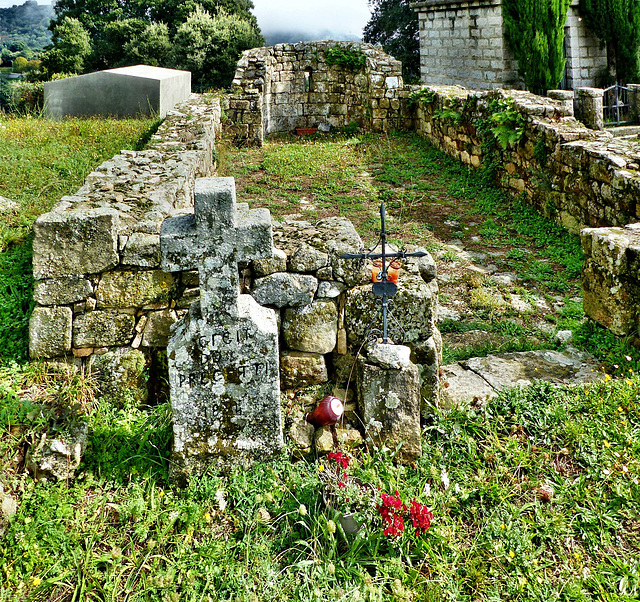Mela - Santa Maria Assunta
Col de Bavella - Notre Dame des Neiges
Col de Bavella - Aiguilles de Bavella
Aléria - Pizza
Altiani - San Giovanni Battista
Altiani - San Giovanni Battista
Altiani - San Giovanni Battista
Valle de Rostino - Santa Maria di Riscamone
Valle de Rostino - Santa Maria di Riscamone
Valle de Rostino - Santa Maria di Riscamone
Valle de Rostino - Santa Maria di Riscamone
Valle de Rostino - Baptisterium San Giovanni Batti…
Valle de Rostino - Baptisterium San Giovanni Batti…
Valle de Rostino - Baptisterium San Giovanni Batti…
Lucciana - Santa-Maria-Assunta
Lucciana - Santa-Maria-Assunta
Lucciana - Santa-Maria-Assunta
Lucciana - Santa-Maria-Assunta
Lucciana - Santa-Maria-Assunta
Lucciana - Santa-Maria-Assunta
Lucciana - San Parteo
Lucciana - San Parteo
Murato - San Michele de Murato
Sainte-Lucie-de-Tallano - St. Roch
Corsica - Sartène
Corsica
Corsica
Meinerzhagen - Jesus-Christus
Meinerzhagen - Jesus-Christus
Meinerzhagen - Jesus-Christus
Meinerzhagen - Jesus-Christus
Meinerzhagen - Jesus-Christus
Meinerdingen - St. Georg
Meinerdingen - St. Georg
Bispingen - Ole Kerk
Bispingen - Ole Kerk
Bispingen - Ole Kerk
Bispingen - Ole Kerk
Bispingen - St. Antonius
Nienburg - St. Martin
Nienburg - St. Martin
Nienburg - St. Martin
Nienburg - St. Martin
Nienburg - Posthof
Nienburg
Location
Lat, Lng:
You can copy the above to your favourite mapping app.
Address: unknown
You can copy the above to your favourite mapping app.
Address: unknown
See also...
Keywords
Authorizations, license
-
Visible by: Everyone -
All rights reserved
-
181 visits
Mela - Santa Maria Assunta


The island of Corsica is one of the 18 regions of France. It was colonized the Carthaginians, the Greeks, the Etruscans and the Romans. After the Roman empire collapsed, Corsica got
invaded by the Vandals and the Ostrogoths. For a short while the island belonged to the Byzantine Empire, then the Franks granted the island to the Pope, in the early 11th century Pisa and Genoa together freed the island from the threat of Arab invasion. The island came, just like neighbouring Sardinia, under the influence of the Republic of Pisa, later it belonged to Genua for centuries. In 1729 the Corsican fight for independence from Genoa began. After 26 years of struggle the independent Corsican Republic was proclaimed in 1755, but in 1769, when the island was conquered by France.
As the areas near the coast have over centuries have been threatened by attacks and raids of pirates (or sarazens or..) many old hamlets and dwellings are wide inland, high in the mountains.
The remains of the old church of Santa Maria Assunta are on a small cemetery in Mela. According to tradition the church was founded in the 9th century, but it got obviously rebuilt rebuilt in the 10th century in Romanesque style. Most of what is seen today dates to the 16th century, when the church got reconsted following the original layout of a single nave church ith a semicircular apse. As it was way out of the village, it was given up in favor of the centrally located St. Peter's Church at the beginning of the 17th century.
invaded by the Vandals and the Ostrogoths. For a short while the island belonged to the Byzantine Empire, then the Franks granted the island to the Pope, in the early 11th century Pisa and Genoa together freed the island from the threat of Arab invasion. The island came, just like neighbouring Sardinia, under the influence of the Republic of Pisa, later it belonged to Genua for centuries. In 1729 the Corsican fight for independence from Genoa began. After 26 years of struggle the independent Corsican Republic was proclaimed in 1755, but in 1769, when the island was conquered by France.
As the areas near the coast have over centuries have been threatened by attacks and raids of pirates (or sarazens or..) many old hamlets and dwellings are wide inland, high in the mountains.
The remains of the old church of Santa Maria Assunta are on a small cemetery in Mela. According to tradition the church was founded in the 9th century, but it got obviously rebuilt rebuilt in the 10th century in Romanesque style. Most of what is seen today dates to the 16th century, when the church got reconsted following the original layout of a single nave church ith a semicircular apse. As it was way out of the village, it was given up in favor of the centrally located St. Peter's Church at the beginning of the 17th century.
- Keyboard shortcuts:
Jump to top
RSS feed- Latest comments - Subscribe to the comment feeds of this photo
- ipernity © 2007-2025
- Help & Contact
|
Club news
|
About ipernity
|
History |
ipernity Club & Prices |
Guide of good conduct
Donate | Group guidelines | Privacy policy | Terms of use | Statutes | In memoria -
Facebook
Twitter

Sign-in to write a comment.